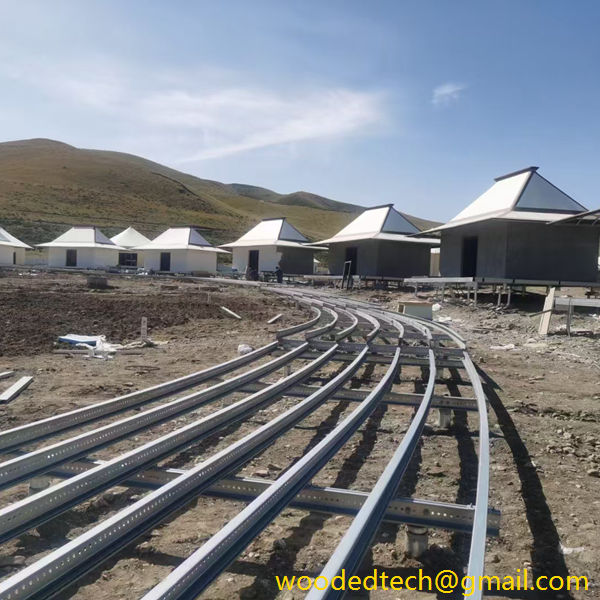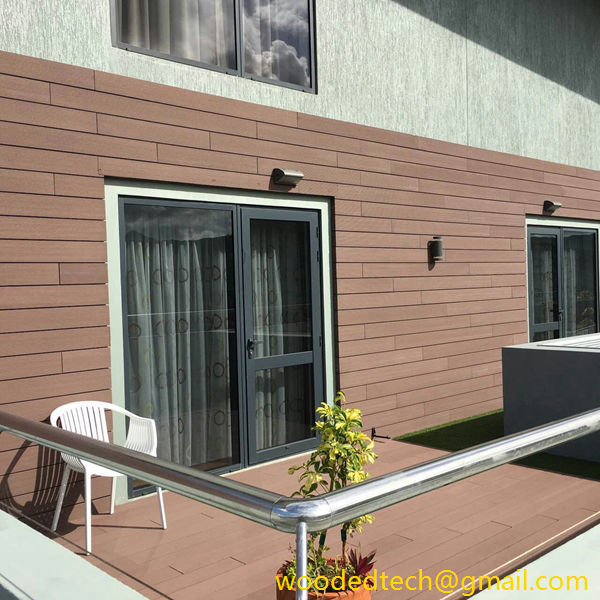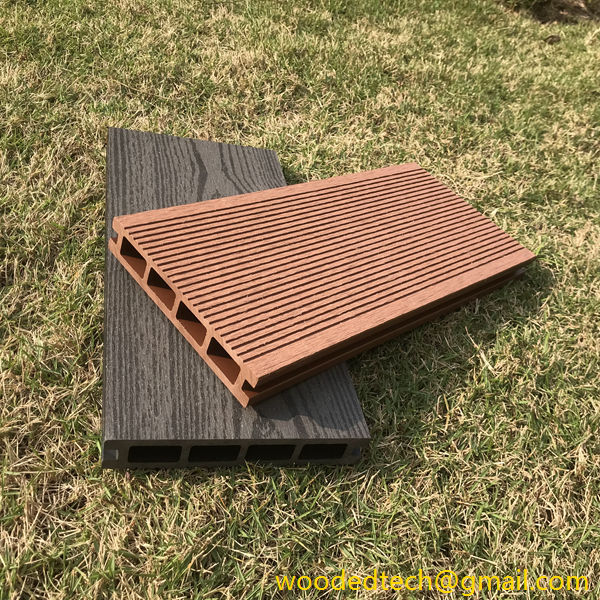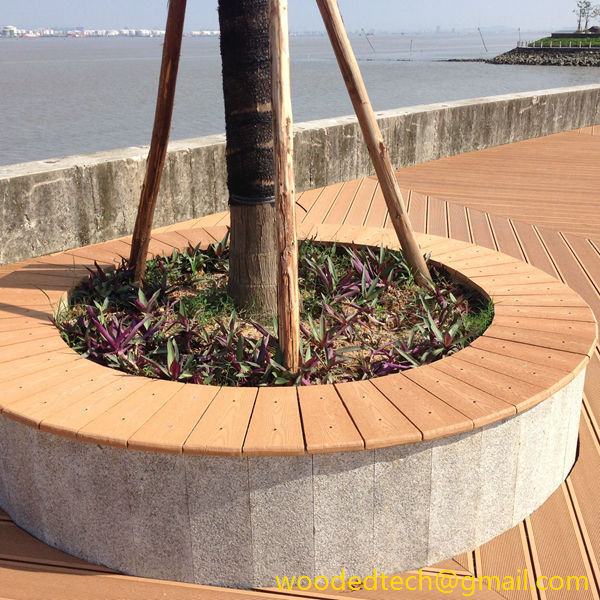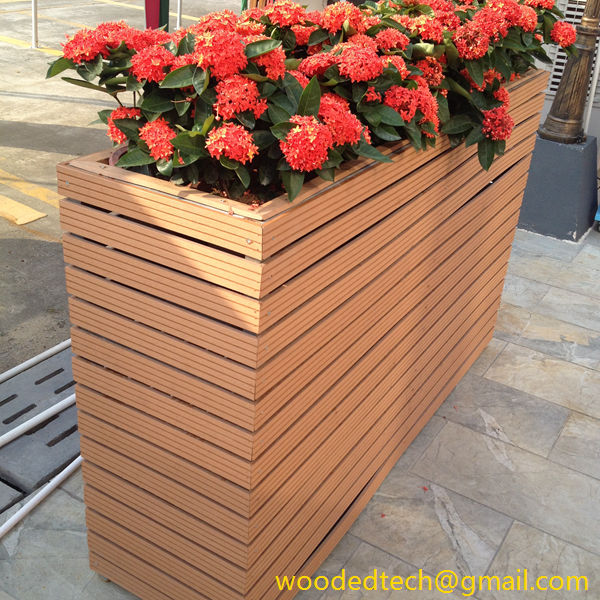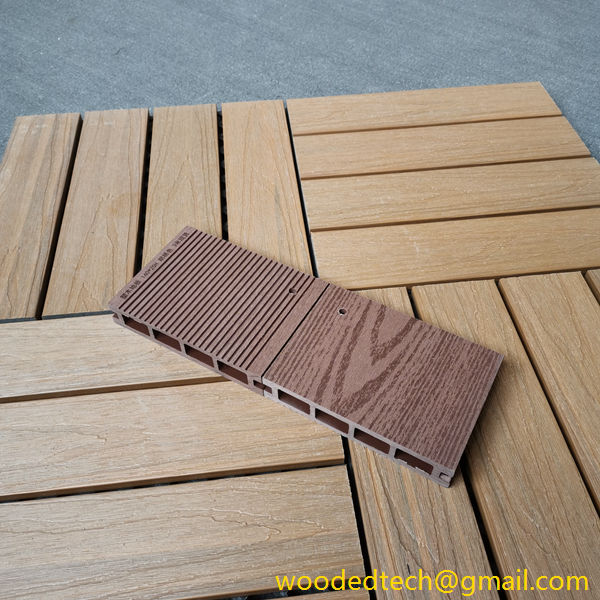Exploring the Best Composite Wood Decking Choices for Durability and Style
Composite wood decking has become a popular choice among homeowners and builders alike, thanks to its combination of durability and aesthetic appeal. As consumers increasingly seek materials that are both long-lasting and visually pleasing, the manufacturing processes behind composite wood decking play a crucial role in determining its overall quality and performance. This article will explore the various production methods employed in creating composite wood decking and how they contribute to its durability and style.
To begin with, it is essential to understand the primary components of composite wood decking. Typically, composite decking is made from a blend of wood fibers and recycled plastic. The wood fibers provide a natural appearance and texture, while the plastic component enhances durability and resistance to moisture and pests. The blend of these materials is what sets composite wood decking apart from traditional wood decking, making it a viable option for outdoor use.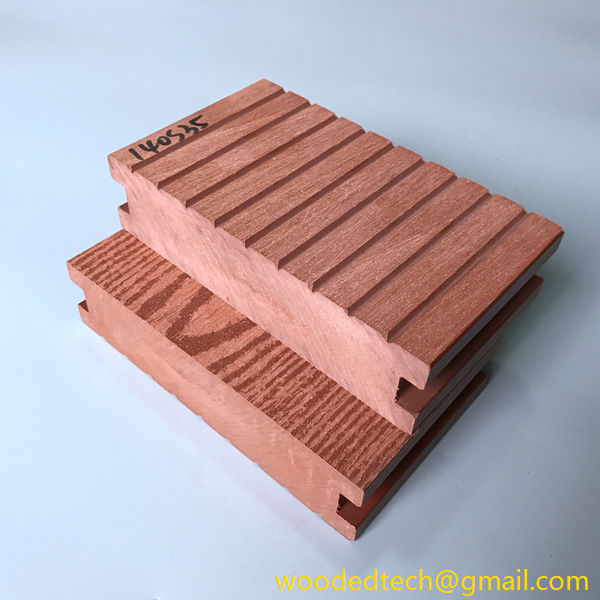
The manufacturing process for composite wood decking generally involves several key steps: material preparation, blending, extrusion, and finishing. In the first step, wood fibers are sourced from various recycled wood products, such as sawdust or wood shavings. This not only helps in reducing waste but also ensures that the final product has a consistent appearance and texture. The quality of the wood fibers used can significantly influence the overall performance of the decking material.
Once the wood fibers are prepared, they are blended with recycled plastic. This blending process is crucial, as it determines the ratio of wood to plastic, which in turn affects the durability and flexibility of the final product. Manufacturers often experiment with different formulations to achieve a balance between strength and aesthetic appeal. For example, increasing the percentage of plastic can enhance resistance to moisture and UV rays, while a higher wood content can improve the natural look and feel of the decking.
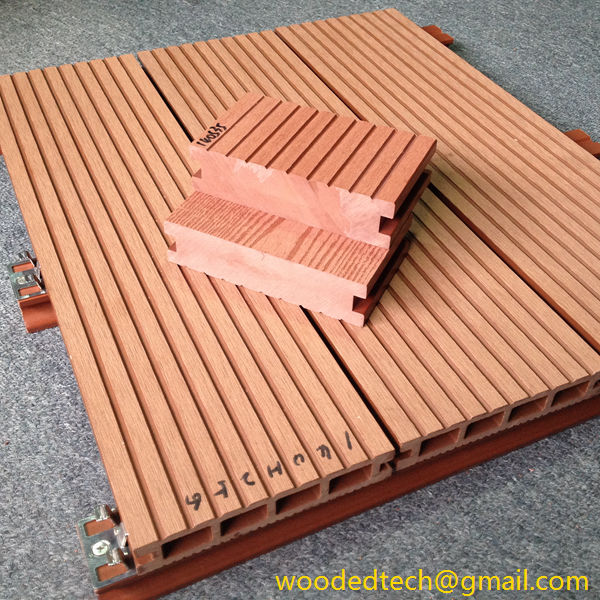
After blending, the composite material is subjected to an extrusion process. This involves heating the mixture to a specific temperature until it reaches a molten state. The molten material is then forced through a mold to create the desired shape of the decking boards. This step is vital, as it ensures uniformity in thickness and density across the entire board. Furthermore, the extrusion process allows for the incorporation of various textures and patterns, enabling manufacturers to produce decking that mimics the appearance of natural wood.
Finishing touches are essential in enhancing both the durability and aesthetic appeal of composite wood decking. Many manufacturers apply additional coatings or treatments to improve resistance to fading, staining, and scratching. These finishes can also add texture, making the surface less slippery and more comfortable underfoot. Some brands even offer a variety of colors and finishes, allowing homeowners to choose options that complement their outdoor spaces.
In addition to the manufacturing process, the choice of materials used in composite wood decking can significantly influence its overall quality. Reputable manufacturers often prioritize high-quality wood fibers and plastics, ensuring that their products meet strict performance standards. This commitment to quality control is essential in producing decking that can withstand the elements and resist wear and tear over time.
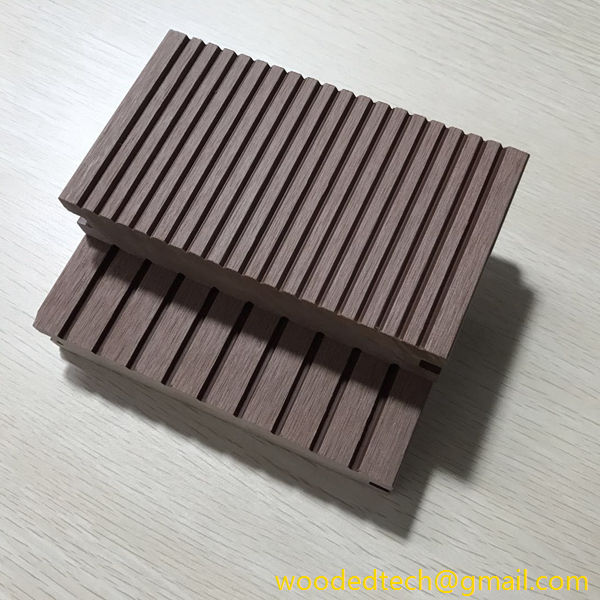
Sustainability is another important consideration in the production of composite wood decking. Many manufacturers focus on using recycled materials, which not only reduces waste but also lowers the carbon footprint associated with production. As consumers become more environmentally conscious, the demand for sustainable decking options continues to grow. Manufacturers that embrace eco-friendly practices not only appeal to this market but also contribute to a more sustainable future.
When selecting composite wood decking, it is essential to consider factors such as warranty, maintenance requirements, and overall performance. Many reputable brands offer warranties that reflect their confidence in the durability of their products. Additionally, understanding the maintenance requirements can help homeowners make informed decisions. While composite decking typically requires less maintenance than traditional wood, periodic cleaning and inspections are still necessary to ensure its longevity.
In conclusion, the production process of composite wood decking plays a significant role in determining its durability and style. From the careful selection of materials to the intricate manufacturing processes, each step contributes to creating a product that not only looks great but also stands the test of time. As homeowners continue to prioritize both aesthetics and functionality in their outdoor spaces, composite wood decking remains a top choice for those seeking a reliable and stylish solution. By understanding the intricacies of its production, consumers can make informed decisions that enhance their outdoor living experience while enjoying the benefits of a durable and beautiful decking material.

